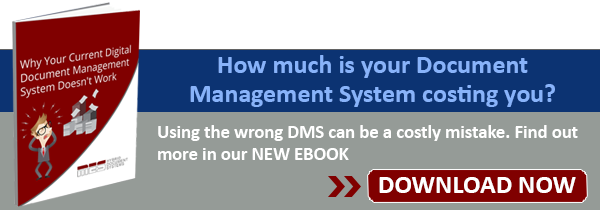
The average employee spends 40% of their time searching for the information they need to do their job. This is often the result of poor document retrieval systems, file mismanagement, and similar organizational inefficiencies. Document indexing is the process that is implemented within businesses to help improve document searchability, thus reducing the time it takes for workers to find the documents they need. In this post, we will describe how document indexing works and give a breakdown of how it can help your business save time and money and improve productivity.
What is Document Indexing?
Document indexing is an aspect of document management that describes the process of tagging and organizing documents based on different search terms. The purpose of it is to make documents more easily searchable, so that when a particular document or series of documents is needed, it can be retrieved quickly through entering terms that match certain categorizations.
How Does Document Indexing Work?
Document indexing typically involves two separate types of tagging. The first is full text indexing, which is when the document can be searched using any text within the document (even full phrases). This works best with text documents versus images or other document formats. The second involves tagging with metadata – essentially, data about the data – which will help retrieve the document based on particular characteristics such as dates, document type, or some other identifier. In either method, document indexing provides a path to easily and quickly retrieve documents when they are needed.
Why Should You Consider Using Document Indexing?
The simple answer to this question is that document indexing helps reduce the time it takes to retrieve documents businesses need to operate efficiently. By reducing document retrieval time, organizations can improve productivity, and consequently increase profitability by getting more work done in a shorter time period. Thus, there is a direct correlation between efficient document indexing and higher output.More specifically, document indexing is fundamental to a well-functioning document management system, and the benefits are numerous:- Better management and retrieval of documents to support and improve decision-making processes
- Ability to improve information sharing between departments and workers, which helps avoid organizational silos, miscommunication, and process bottlenecks
- The creation of a centralized system that allows all business-critical documents to be stored and indexed in one area, improve security through access restrictions and permissions, and enable remote workers to retrieve the documents they need to do their jobs
When all of the benefits of document indexing are considered, the real question that organizations of all types and sizes should be asking is: why not consider using it?

